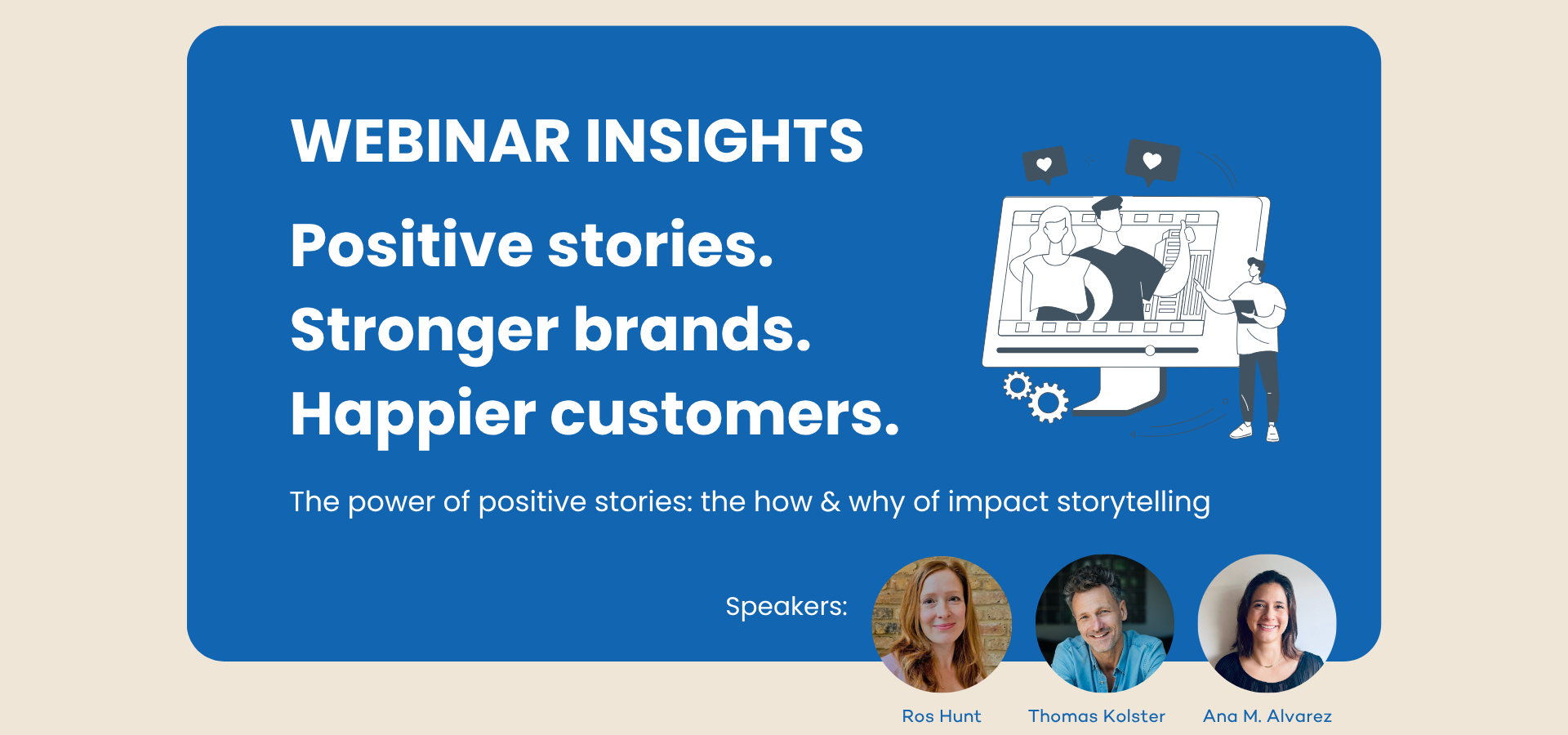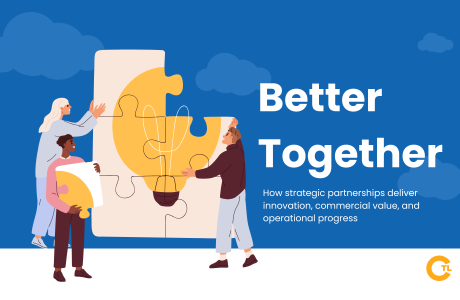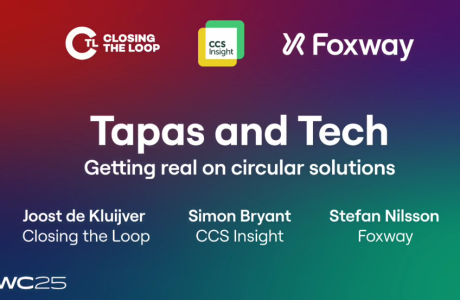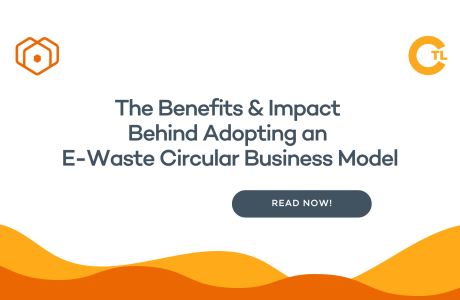Forget sales. The most powerful person in the business world might be the storyteller.
The age of conscious consumerism is here. According to 5Ws Consumer Culture Report, 83% of millennials say it’s important for the companies they buy from to share their values, and 76% of 18- to 34-year-olds appreciate it when CEOs speak out on issues they care about. Companies today not only need to do good; they must both deliver positive outcomes and make sure their audiences hear about them.
Narratives have always been a fundamental way in which humans communicate, share experiences, and make sense of the world; so when organizations can articulate their impact on the world through a good story, people listen. At Closing the Loop, we have witnessed the power of impact storytelling firsthand, and wanting to spread the word, we recently organized a webinar exploring the power of positive stories.
Inspired by the success of Vodafone Germany’s One for One campaign, the webinar, titled Positive Stories. Stronger Brands. Happier Customers., explored brand storytelling particularly through the lens of sustainability and impact.
Steered by corporate strategist Ros Hunt and featuring marketing guru Thomas Kolster alongside Closing the Loop’s own Ana Maria Alvarez, the session was loaded with practical tips.
Here are the ones that stood out:
Don’t be the hero. Let your audience be.
One of the biggest mistakes brands make is engaging in "purpose washing," where they overstate their impact or present themselves as saviors. Impact storytelling isn’t about claiming the moral high ground. When sharing impact, brands should enable their audience to be the protagonist. Real connection comes when you spotlight the people your work empowers.
Effective storytelling should not resemble a corporate social responsibility report but should evoke emotions and connect with the audience on a personal level. Quality, convenience, and emotional relevance are the three pillars that transform a bland pitch into a message that truly resonates: quality proves you deliver excellence, convenience makes it effortless to engage, and emotional relevance taps into real feelings so people understand why it matters, making the benefits tangible.
But even the most polished, user‑friendly, emotionally charged message will fall flat if it isn’t rooted in your audience’s world. The only way to make the audience care is by speaking to their interests and perspectives.
Thomas Kolster
Impact without relevance is just noise.
Think of your story as a mirror: if your audience doesn’t see themselves in it, they won’t listen. To make your impact story resonate, you must show that it’s about them, not just your mission. Great storytelling meets people where they are: what they care about, what they struggle with, and the choices they face every day.
To truly connect, it's essential for brands to know what they stand for, though being clear about what they stand against can be just as powerful. But in today’s polarized and politicized landscape, the key is to focus on unifying messages rooted in shared values. By avoiding divisive narratives and speaking from a place of empathy, you can build trust and long-term relevance.
That’s why emotionally resonant, authentic storytelling is more important than ever. In a world overwhelmed by noise and skepticism, your message should not aim to preach or educate, but to inspire and excite. When social and sustainability stories reflect the values people already hold close , they don’t just stand out—they build loyalty.
Ros Hunt
Keep it simple.
In a noisy world, simplicity can be your superpower. Audiences today give you only a few seconds before they move on—and even then, messages can be misunderstood or simply ignored. To break through, keep every communication core, compact, and concrete.
You don’t need complicated systems to tell a powerful story. You need a simple idea people can feel, understand, and act on. Instead of overwhelming people with systems and stats, show them one action that makes a difference. Simple stories are easier to process, repeat, and trust. In the end, a story’s power doesn’t come from a tangled plot but from the emotions it brings to life.
Embed impact in your product or service.
When possible, align your impact with your product or service so every interaction becomes a chance to reinforce your values. Don’t just tell customers about your mission, but let them experience it every time they interact with you. Vodafone Germany’s "One for One" program, in partnership with Closing the Loop, exemplifies this approach.
The campaign ties waste compensation directly to the moment of purchasing a new device: the customer picks up a device, and Vodafone automatically ensures an old device is collected and responsibly recycled. This simple system turns buying a new phone into a sustainable act. By showing customers the impact right away, Vodafone builds trust and loyalty while each sale proves that shopping with them makes a real difference. You can learn more about One for One and how other companies are implementing it in their storytelling here: here
Ana Maria Alvarez
Finding your story and mastering the art of impact storytelling can turn your brand from just another name into something people care about. By moving past mere facts and features and tapping into emotions, values, and aspirations, you create unforgettable experiences that spark engagement, foster loyalty, and drive conversion.
Every brand has a story waiting to be told. What’s yours?
Watch the full webinar to unlock fresh ideas and fuel your next impact campaign:








